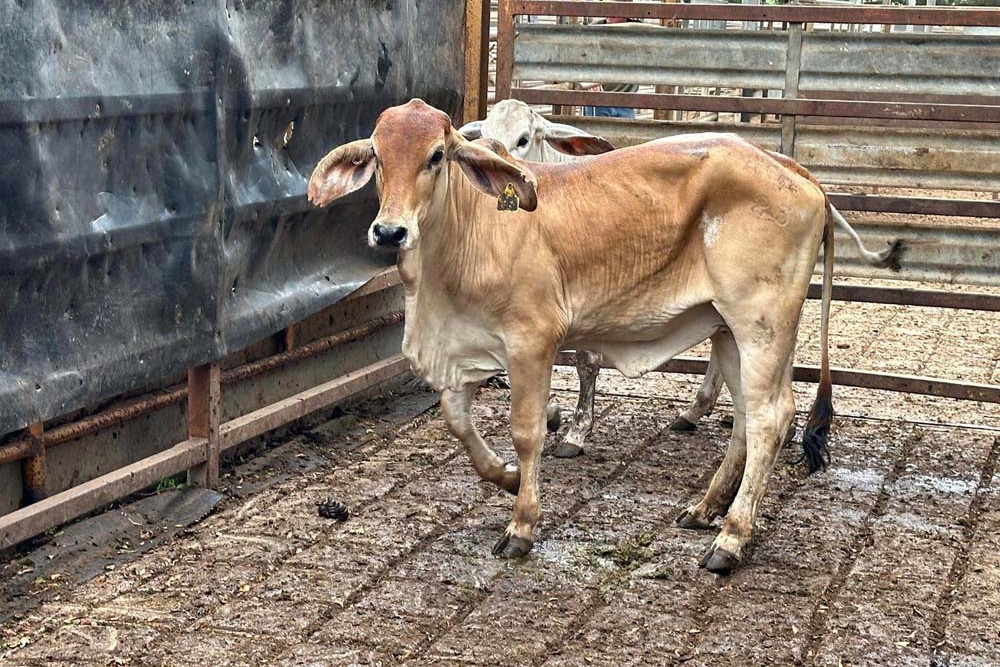On The Land
19 December, 2023
National snapshot exposes health gap in rural areas
THE further an Australian lives from an urban centre, the lower their life expectancy. They are also twice as likely to die from preventable illness.

The latest research shows that rural men are 2.5 times and women 2.8 times more likely to die from potentially avoidable causes than those in urban areas.
This statistic, along with demographic information, health risk factors, health outcomes, burden of disease, mortality and morbidity and health service funding and access, are some of the data provided in the National Rural Health Alliance (the Alliance’s) Rural Health in Australia Snapshot 2023.
The snapshot also provides data on health workforce distribution in rural, regional, and remote Australia.
“The statistics show that the further you are from an urban setting, the more likely you may die of disease due to various factors, including the tyranny of distance and workforce shortages,” Alliance chief executive Susi Tegen said.
“Fit for purpose funding is critical to ensure that the necessary policy and infrastructure is in place,” she added.
The snapshot shows that small rural towns of less than 5000 people, have access to almost 60 per cent fewer health professionals than major cities per capita, indicating continuing workforce and access challenges in rural areas.
Major cities have more choice and more General Practitioners and other health practitioners providing primary care compared to large regional centres, small rural towns, remote areas and very remote areas.
Many rural people have no access to primary healthcare services within an hour’s drive from their home. They use Medicare up to 50% less than those in cities, indicating that people rather not go through the difficult process of a long journey and long waiting time to access health care.
As a result, the burden of disease in remote areas is 1.4 times that of major cities.
“There is clear evidence that per-person spending on healthcare is not equitable, and that this inequity is contributing to poorer health outcomes in rural areas,” said Ms Tegen.
“The biggest deficits are in accessing primary health care which then leads to higher rates of costly and potentially preventable hospitalisations and increased hospital expenditure. This is a sad reflection on the rest of Australia, when not every citizen has the same access to a basic healthcare need. ”
“We welcome the Government’s reforms and look forward to a rural health system reform that reflects population health need and place-based and led planning and service delivery, to address this discrepancy of health care access.” she said.
Last sales roundup for 2023
Total yarding 513 head with 61 head sold by Open Auction at Mareeba Salesyards.
Yard averaged 191.13c/kg to return an average of $549.74/head
71 Bulls averaged 174.5c/kg selling to a top of 248.2c/kg
66 Cows averaged 104.6c/kg selling to a top of 196.2c/kg
140 Steers averaged 239.2c/kg selling to a top of 306.2c/kg
45 Heifers averaged 191.9c/kg selling to a top of 252.2c/kg
29 Yearling bulls averaged 217.1c/kg selling to a top of 250.2c/kg
65 Yearling heifers averaged 158.7c/kg selling to a top of 198.2c/kg
36 Yearling steers averaged 238.8c/kg selling to a top of 290.2c/kg
52+52 Cows and Calves @$640
8+8 Cows and Calves @$460


